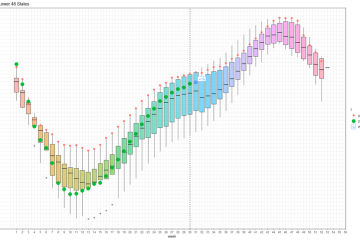Scratch Programming: Empowering Young Minds

Introduction to Scratch Programming
Scratch is a visual programming language developed by the MIT Media Lab aimed at children aged 8 and above. It allows young learners to create their own interactive stories, games, and animations. In today’s digital age, coding has become a fundamental skill, and Scratch provides a user-friendly platform that introduces programming concepts in an engaging way.
Relevance and Importance
As technology continues to impact various aspects of life, equipping the younger generation with coding skills is more significant than ever. Scratch programming enhances not only technical abilities but also critical thinking, creativity, and collaboration among kids. It teaches them how to approach problems systematically, break down tasks into smaller parts, and develop solutions.
Current Trends in Scratch Programming
Recently, schools and educational organizations worldwide have integrated Scratch into their curriculums. For example, in India, several educational initiatives and competitions focus on promoting coding literacy among students. The National Education Policy 2020 advocates for incorporating coding into the school syllabus, recognizing its role in fostering modern competencies. Additionally, during the ongoing pandemic, numerous online workshops have emerged, providing children with opportunities to learn and create using Scratch from the safety of their homes.
Impact on Young Learners
The impact of Scratch programming on young learners has been overwhelmingly positive. Data from various workshops and courses indicate that children who engage in Scratch show improved logical reasoning and enhanced ability to work in teams. The platform fosters an encouraging environment where experimentation is encouraged, and mistakes are viewed as part of the learning process. Furthermore, the vibrant community of Scratch users allows children to share their projects, provide feedback, and collaborate, further enhancing their social skills.
Conclusion
In conclusion, Scratch programming stands as a pivotal educational tool that paves the way for children to explore the world of coding. Its ability to blend fun with learning makes it an ideal choice for young learners. As education continues to evolve with technology, platforms like Scratch will play a critical role in preparing the next generation with the skills necessary for the future job market. Encouraging children to engage with Scratch not only empowers them to become more proficient in technology but also prepares them to be innovative thinkers and problem solvers in a rapidly changing world.









